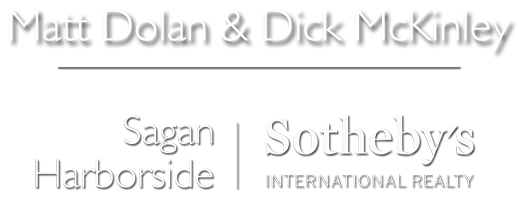Q2 2020 North Shore Market Reports are in
In our latest batch of reports, we have compiled data that gives insight into how our North Shore housing markets were impacted throughout the first half of the year.
After a slump in March and April due to COVID-19, activity picked up dramatically, spurred by even lower mortgage rates and the desire by many people to move out of Boston and into the surrounding towns.
Thus, more demand was added to a market already suffering from a major inventory shortage, and bidding wars soon broke out, the impact of which will be reflected in Q3 numbers.
Key Insights
Prices continue to rise – up 9% in first half of 2020
The median price of sold single-family homes (SFH) increased 9% in the first half of 2020 to $507,000, just 4 years after reaching $400,000 for the first time.
29 towns saw Year-on-Year increases in the median selling price, while just 5 saw declines.
Sales volume declined 17% for SFHs, with only 5 towns showing Year-on-Year increases
The condo/townhomes median sales price increased 9% to $338,000 with sales down 20% Year-on Year
Fluctuations in accepted offers
For the first 9 weeks of the year – through March 6 – the number of Accepted Offers (AO) was slightly ahead of 2019. The number then started to drop, and April saw a 46% decline. As buyers and sellers became more accustomed to doing business in a pandemic, and as mortgage rates tumbled, activity picked up dramatically, so that the total number of AO was down just 13% for first 6 months of 2020.
Properties sold quickly
About 2/3 of SFHs received an accepted offer in 15 days or less. This number improved from 46% in January to 74% in March, dropped to 59% in April and then rallied to 70% in June.
Even lower mortgage rates
As the Federal Reserve flooded markets with liquidity and credit, and as buyers aggressively bought US Treasuries, the yield on the 30-year fixed-rate mortgage dropped towards 3%, sparking a surge of refinancing followed by a jump in purchase mortgages.
Overall inventory remains tight
Inventory of SFHs started the year some 30% lower than in 2019 and by July 1 the Year-on-Year decline had increased to 45%. Buyers looking to move out of Boston only exacerbated the shortage, creating bidding wars.
Supply is tightest at lower price points. Historically, a market has been considered to be in equilibrium between buyers and sellers when the supply of homes was equal to 6 months of supply. More than 6 months is considered a buyer’s market, less than 6 months a seller’s market.
As outlined in the last column in the chart below, there remains a chronic shortage up to $750,000; thereafter supply become a little easier, but does not switch to favoring buyers until the price reaches $1.5 million.





